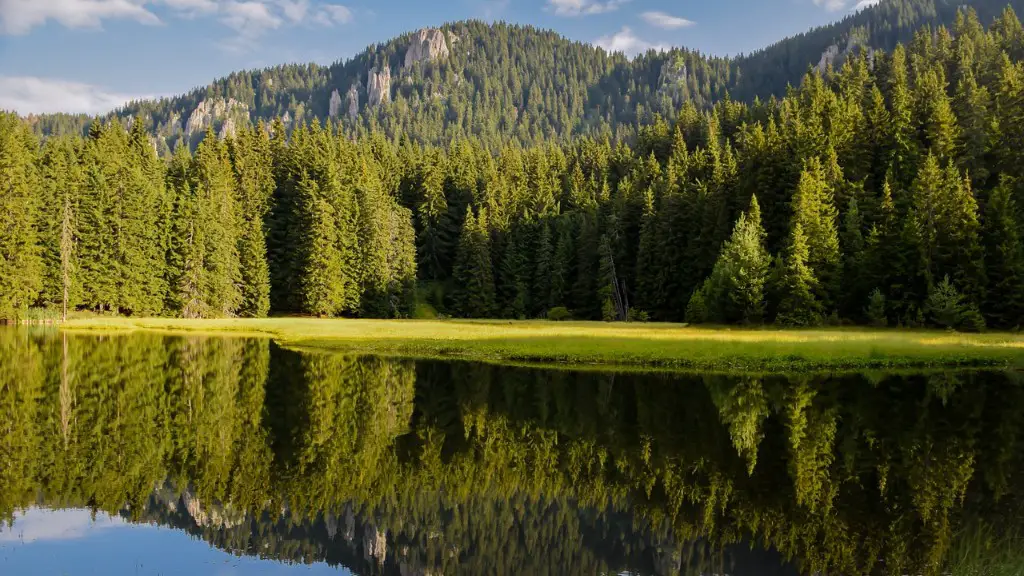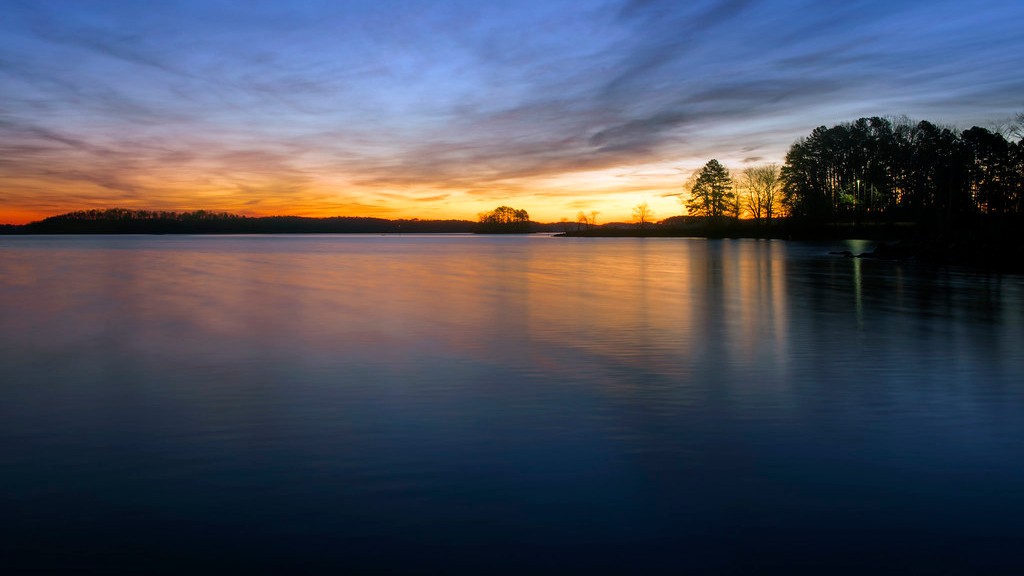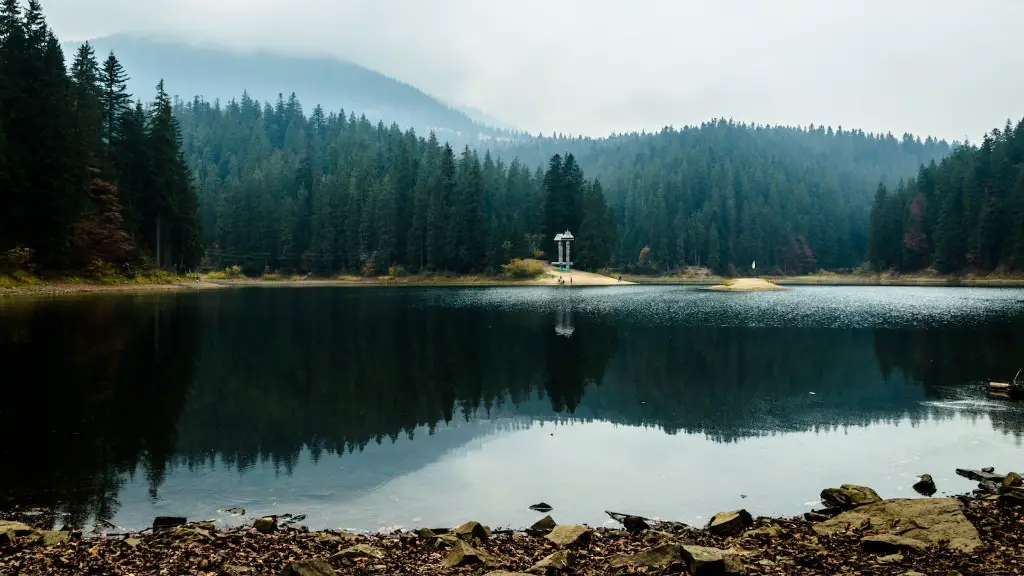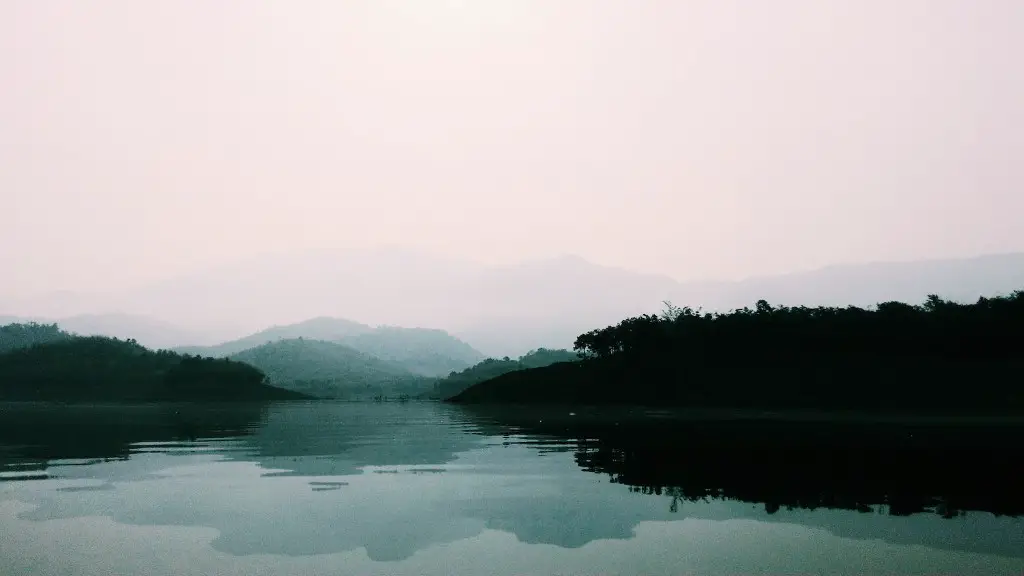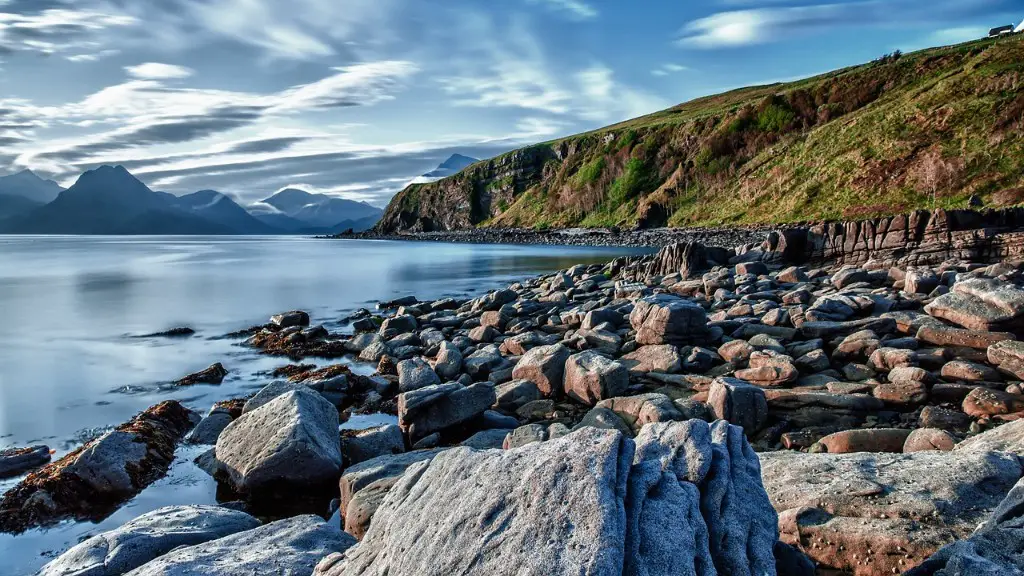A caldera is formed when a large volume of magma is ejected from a volcano, and the resulting cavity collapses. Crater Lake is a caldera that was formed about 7,700 years ago when Mount Mazama, a stratovolcano in the Cascade Range, erupted.
A crater lake is formed when a VOLCANO erupts and the magma chamber below the volcano collapses. The magma chamber is the space below the volcano where the molten rock (magma) is stored. When the magma chamber collapses, it forms a deep hole or “caldera.” Over time, the caldera fills with water from rain and snowmelt, forming a crater lake.
What is the difference between a caldera and a crater?
A caldera is a large, bowl-shaped depression that forms following the eruption and collapse of a volcano. Craters, on the other hand, are smaller depressions that are formed by the outward explosion of rocks and other materials from a volcano. Calderas are usually more circular than craters.
Craters are typically formed by blasts or other explosive eruptive phenomena, including phreatic and phreatomagmatic processes. Some craters persist long after eruptions have ceased, but they will eventually be degraded and removed by erosion. Other craters are buried by later eruptions or filled by lava domes growing in them.
How do Hawaiian type calderas form
Hawaiian calderas are formed by the collapse of shield volcanoes during the last stages of growth. These volcanoes are built by frequent eruptions of tholeiitic basalt and range from 2-12 miles across. They have sunk several thousand feet and have grown piecemeal by coalescing smaller collapse craters.
A caldera is a large crater that forms when a magma chamber is partially emptied during a large eruption. The land surface above the shallow magma reservoir collapses, forming a large crater.
What is the largest caldera in the world?
The Apolaki Caldera is the world’s largest caldera, with a diameter of 150 kilometers (93 mi). It is located within the Benham Rise (Philippine Rise) and was discovered in 2019 by Jenny Anne Barretto, a Filipina marine geophysicist and her team.
Crater Lake is a closed basin, meaning that there are no streams flowing out of the lake. The diameter of the lake is between 5 and 6 miles wide (8 to 10 km). The lake sits completely within the Crater Lake caldera with the lake surface approximately 1,000 ft (300 m) below the rim.
What are the three ways a crater can be formed?
The first stage is contact, in which the meteor collides with the surface of the celestial body. This stage is relatively brief, and the results are not always immediately visible.
The second stage is excavation, in which the impact of the collision excavates a crater. This stage can take a few minutes to several hours, depending on the size of the meteor and the lunar surface. The newly created crater is typically bowl-shaped.
The third stage is modification, in which the crater is further modified by the effects of the impact. This stage can take anywhere from days to years, and the modifications can include rim collapse, ejecta deposition, and changes to the crater’s shape.
A crater is formed when an impactor strikes a planet or satellite. The impactor is compressed as it strikes the surface, excavates a hole, and then is modified by the ejecta that is flung out. The size of the crater will depend on the size of the impactor, the angle at which it strikes, and the material of the surface.
What are simple craters formed by
A simple crater is a bowl-shaped depression produced by an impact of impact melt (▶transitional crater, simple/complex; ▶flat-floored crater) Simple craters lack the central uplift, peak rings, and terraced walls of larger, complex craters , except in a small zone near the center of the structure. The diameter of a simple crater is generally less than a few kilometers.
A caldera is a large, crater-like depression that forms following the collapse of a landmass or the eruption of a volcano. Calderas can be found all over the world, and come in a variety of shapes and sizes.
There are three main types of calderas: crater-lake type calderas, basaltic calderas, and resurgent calderas. Crater-lake type calderas are associated with the collapse of stratovolcanoes, while basaltic calderas are associated with the summit collapse of shield volcanoes. Resurgent calderas lack an association with a single centralized vent.
Each type of caldera has its own unique characteristics and formation process. However, all calderas share one common trait: they are all incredibly beautiful and awe-inspiring.
What are calderas made of?
A caldera is a large, bowl-shaped depression that forms when avolcanic mountain collapses. The caldera produced by such eruptions is typically filled in with tuff, rhyolite, and other igneous rocks The caldera is surrounded by an outflow sheet of ash flow tuff (also called an ash flow sheet).
A volcano is formed when hot molten rock (magma) and ash escape from an opening in the Earth’s surface. The molten rock and ash become solid as they cool and this makes a volcano. Over time, the magma continues to rise and this makes the volcano grow taller.
Sometimes, a volcano can erupt from the summit (the highest point), but an eruption can also occur when lava breaks through vents lower down the volcano. This is what is thought to have happened in the case of the Santorini volcano. The eruption through these low-elevation vents likely led to the collapse of the caldera (the large crater at the top of the volcano).
Why does Crater Lake have an island in it
Wizard Island is a small island located in the caldera of Crater Lake, Oregon. The island was formed after Mount Mazama, a large complex volcano, erupted violently approximately 7,700 years ago. Mount Mazama’s eruption created the caldera which now contains Crater Lake. Wizard Island is the only island located in the caldera of Crater Lake.
If another large, caldera-forming eruption were to occur at Yellowstone, its effects would be worldwide. Such a giant eruption would have regional effects such as falling ash and short-term (years to decades) changes to global climate. If Yellowstone were to erupt again, the ash fallout would be catastrophic for the United States. The airflow patterns would distribute the ash all over the country, and depending on the size of the eruption, the ash could easily cover most of the contiguous United States in a thick layer several feet deep. This would cause widespread damage to infrastructure and agriculture, and would likely lead to many deaths. In addition, the short-term global climate effects of such an eruption would be devastating. The eruption would inject a large amount of ash and sulfur dioxide into the atmosphere, which would reflect sunlight and cause global cooling. This could potentially lead to a new ice age, with all of the associated problems that come with it. Therefore, it is imperative that we better understand the risks associated with Yellowstone and be prepared for the worst case scenario.
Did Yellowstone form a caldera?
The Yellowstone caldera is a huge volcanic crater that was formed about 631,000 years ago by a massive eruption. Later lava flows filled in much of the caldera, and now it is about 30 x 45 miles in size. The rim of the caldera can best be seen from the Washburn Hot Springs overlook, south of Dunraven Pass.
The Yellowstone Caldera is a large volcanic caldera located in the western United States. The caldera is located in Yellowstone National Park and is the site of the Yellowstone Supervolcano. The caldera is the largest of the three calderas in the Yellowstone Plateau volcanic field. The other two calderas are the Island Park Caldera and the Hebgen Lake Caldera.
Does Hawaii have a caldera
The Kīlauea Caldera is a large crater that was formed by a massive eruption of the Kīlauea volcano. The caldera is about 3 miles (5 km) wide and 1,500 feet (460 m) deep. The caldera is the home of the Hawaii Volcano Observatory (HVO), which is responsible for monitoring volcanic activity on the island of Hawaiʻi.
There is no such thing as an overdue eruption, as volcanoes do not work in predictable ways. Their eruptions do not follow predictable schedules, so it is impossible to say that one is overdue. Even so, the math doesn’t work out for the volcano to be “overdue” for an eruption.
Final Words
A caldera is formed when a large volume of magma is suddenly ejected from a volcano, and the resulting hole is then filled with water. Crater Lake Caldera was formed in this way, when the mount Mazama volcano erupted and emptied out its magma chamber.
There are several ways that a Caldera can be formed, but most commonly it is the result of a Volcanic Explosion or Collapse. The force of the eruption or collapse can cause the magma chamber below the volcano to empty, leaving a large pocket of empty space. This space can then collapse in on itself, forming a Caldera. Crater Lake Caldera was most likely formed in this way.
